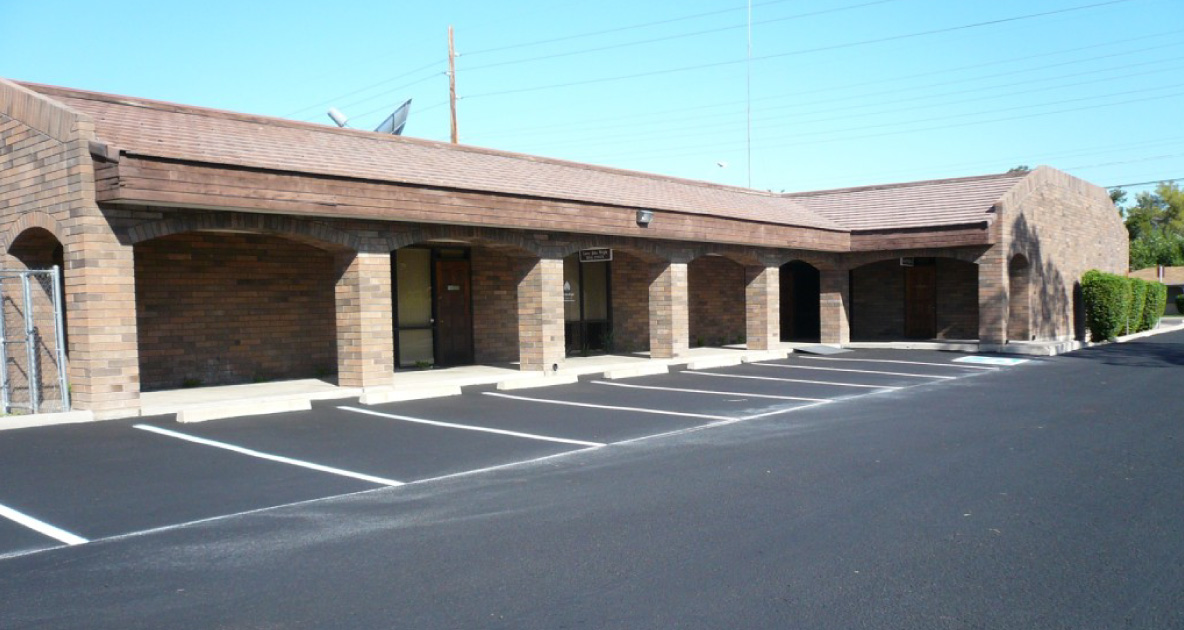It can be a tad confusing. Looking at national news stories about the real estate market as a whole, and making a wise decision about when and where to invest can be daunting. While understanding where the United States is going with respect to financial markets (globally speaking, as well), it’s important to map out a strategy for buying, holding and selling commercial property. Here’s why. The recent boom in Arizona multi-family housing provides eye-opening indicators.
The West Coast May Not Miss the Ocean
Turns out that California residents, business owners and residents are moving out of the Golden State in record numbers. In fact, a top relocation landing point is Phoenix. It isn’t just about the location, moderate weather (except for the summers) and the cost-friendly quality of life. Investors that have long benefited from the high rent rates and exorbitant property values in California are vying for better options, and Arizona real estate is luring them.
Current Administration Put a Cap on Tax Benefits, Affecting Pricier Markets
Owning real estate in Los Angeles, San Jose and San Francisco (just to name a few) isn’t as noteworthy as before. New property tax guidelines are in effect and property owners will finally see the reality that comes with them during this year’s tax filing. Because the maximum allowable deduction for property taxes is now $10,000 and mortgage interest deductions are capped at $750,000 mortgage amounts (for primary and second homes), consumers are rethinking homeownership.
California Multi-Family Property Owners Have a New Nemesis: Prop 10
After years of winning numbers (both in property values and vacancy rates), landlords, equity firms, residential developers and property managers may be seeing the end of a golden era. This month, California commercial property owners and their tenants have the legal forum to air their frustration out at the voting booth. Proposition 10 revisits the Costa-Hawkins Act of 1995, which limited rent control. Property owners benefited while tenants had to accept escalating rent rates. Prop 10, should it pass, will put local municipalities at the helm of deciding where and when rent control comes into play.
The effects of the proposed measure are already widespread. It goes beyond apartment and multiple dwelling owners. The panic surfaced into commercial office owners, as well. Cap rates on commercial in California have dropped, sending investors into “sellmode” while they eye other states to identify properties to purchase before their 1031-Exchange deadlines hit.
Arizona and many cities in the Phoenix metro area are the happy recipients of this real estate migration. But do we have enough supply to meet the forging demand?
When Supply and Demand Are at Odds, Arizona Boomtowns Rise
The National Multifamily Housing Council and National Apartment Association collectively examined the issue, formulating a study that would help distinguish current need, as well as short- and long-term forecasts. Their numbers show a deficit, with 150,302 new apartments needed in greater Phoenix by 2030. That is a 38 percent increase over where the local market sat at the end of 2017.
To break the numbers down deeper, here’s a look at rental and occupancy rates from last year, second quarter.
The following bulleted list should be made into an image please.
- Class A rent rates – 8.7% increase
- Classes B rent rates – 6% increase
- Class C rent rates – 7% increase
- Occupancy was at 95%
If you’re shuddering at the thought that these market signs look familiar (the horror of revisiting 2008), we’re not the same ol’ Phoenix. Even though our property values have gone up substantially in the last decade, consider where they came from – the bust. In fact, property values are just touching on the height-of-the-bubble pricing, but again, it’s been 10 years since then.
We’re Not Just Made of Resorts and Sports Anymore
Phoenix is a hot market for myriad reasons. Sure, we’re still a destination point for business conferences, conventions, sports, shopping and getting away from everywhere else. We’ve had a decade to think long and hard about how the downturn happened and how to avoid it again.
The Valley of the Sun Has Grown Up
Investing in multi-family and commercial real estate in Phoenix, Gilbert, Mesa, Tempe, Chandler and Scottsdale has led to numerous accolades:
- We’re Number 3 in the U.S. for tech industry jobs, according to Money magazine.
- New jobs are being created at twice the rate of U.S. overall.
- Phoenix metro ranks Number 5 for U.S. cities’ population.
- Real estate price points remain relatively low.
The above-referenced points play well into office, retail and industrial markets, as real estate is a cross-connective supply chain of sorts.
For multi-family property owners and those who buy and hold single-family residential, there is a different phenomenon that may have been born, in part, during the economic downturn of the past. And from it, a mentality supported by an odd mix of fear, reality and a desire to live in the moment more than ever before.
The Cultural Shift Behind the Arizona Multi-Family Housing Surge
Talk to a millennial, and even some baby boomers, about personal stability through real estate and you’ll more than likely get a gaff or a snicker. They remember firsthand what it was like to watch a 401K trickle down to less-than-retirement worthy or to give property back to the bank. For some, it’s not easy to shake off and start over.
Many baby boomers are cashing in to any equity they have and living more amongst the masses. They are resurging as multi-family tenants, living the dream of greater amenities without the responsibilities attached. Large, urban sprawls of mid- and high-rise communities are dotting the downtown Phoenix skyline.
Millennials come to multi-family living through a mix of no-where-else-to-go or wouldn’t-have-it-any-other-way. Reasons behind the reluctance to own aren’t all financial, though overbearing student debt is a leading cause.
Multi-Family Rentals Are Attractive:
- More bells and whistles for the money
- Greater sense of community
- Easier commute to work
- More affordable
- Turn-key living
- Less responsibility
- More freedom
Best Places to Rent and Live in Arizona
Recently, WalletHub compiled data from cities coast to coast, reviewing factors that gauge decisions made by renters that affect how and why they choose to live where they live. From this, the findings dictate specific rankings, such as rental market and affordability, quality of life, and overall assessment of all factors, with “1” being the best, and so forth.
Here’s how our residential tenants rank many of our local areas:
Overall Best Places to Rent in the United States:
- #1 – Scottsdale
- #2 – Peoria
- #3 – Chandler
- #4 – Gilbert
- #9 – Mesa
- #10 – Tempe
Best in Affordability:
- #7 – Gilbert
Best Quality of Life:
- #1 – Scottsdale
- #2 – Peoria
- #3 – Chandler
- #9 – Gilbert
Follow the transportation arteries in these cities and wherever municipal monies are increasing infrastructure and further development: That’s the sweet spot for commercial investment.
Has the Real Estate Gravy Train Stopped in the Tracks of 2018?
Permits for new construction have eased and 2018 is projected to take a step back on the multi-family frenzy. Perhaps it’s a move to prevent oversaturation, though the numbers don’t justify the caution. But millennials will pay off their debt someday and settle down with their two dogs, maybe a significant other, and children? A little later than former generations, but it will come. Until then, to the multi-family property owners go the spoils.
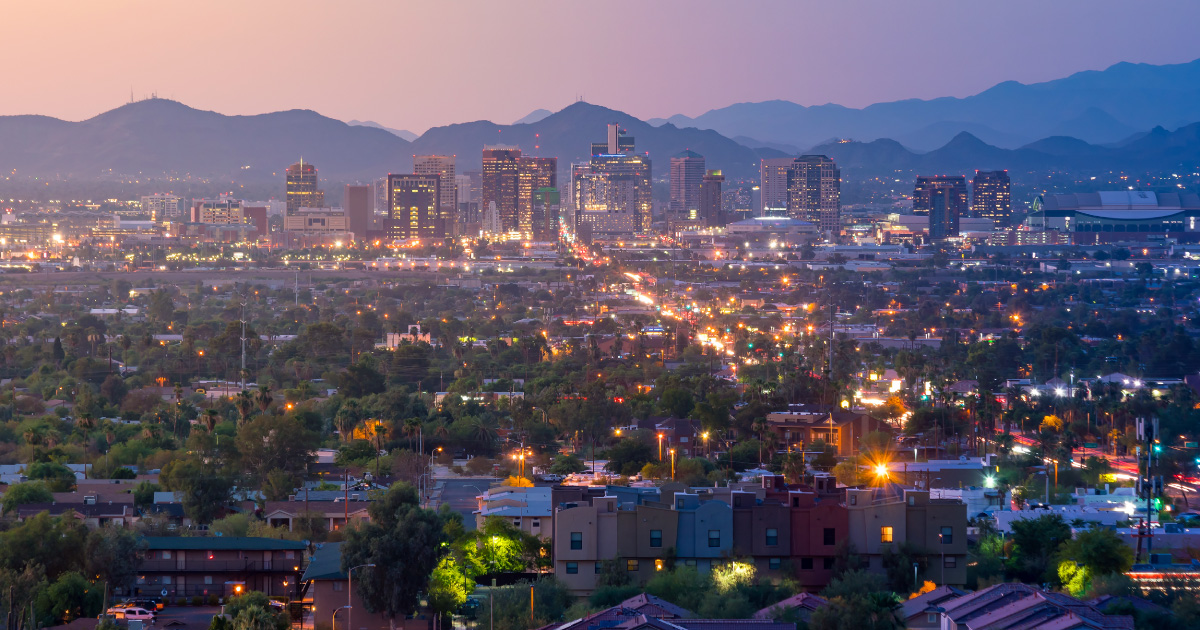
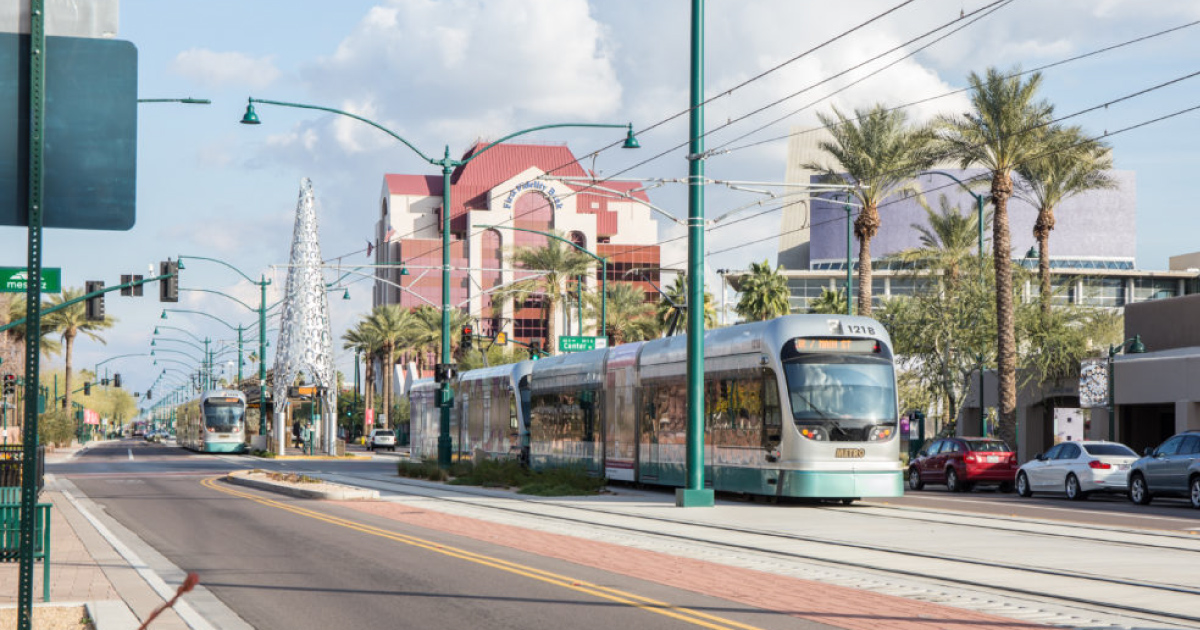
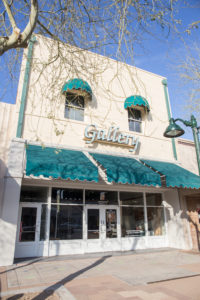
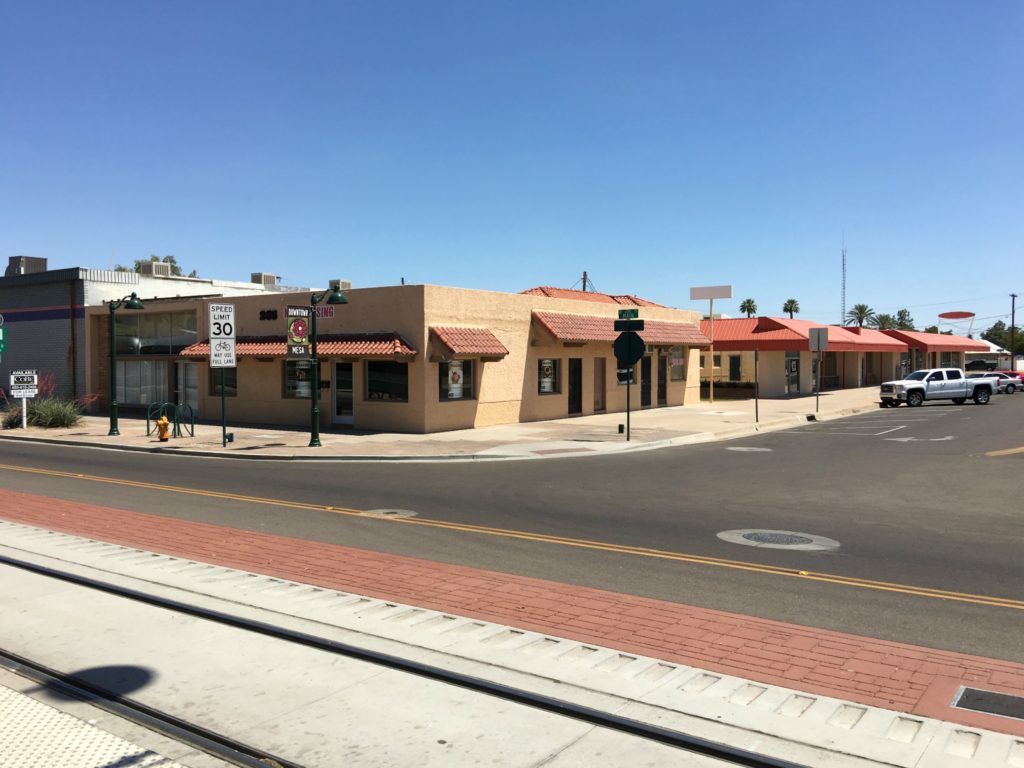
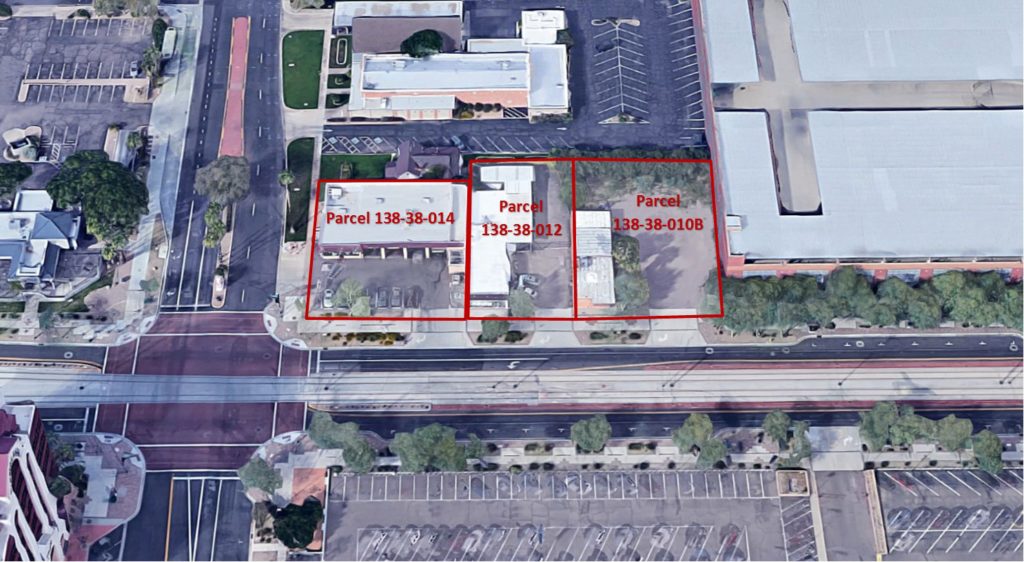
 eg Marek
eg Marek